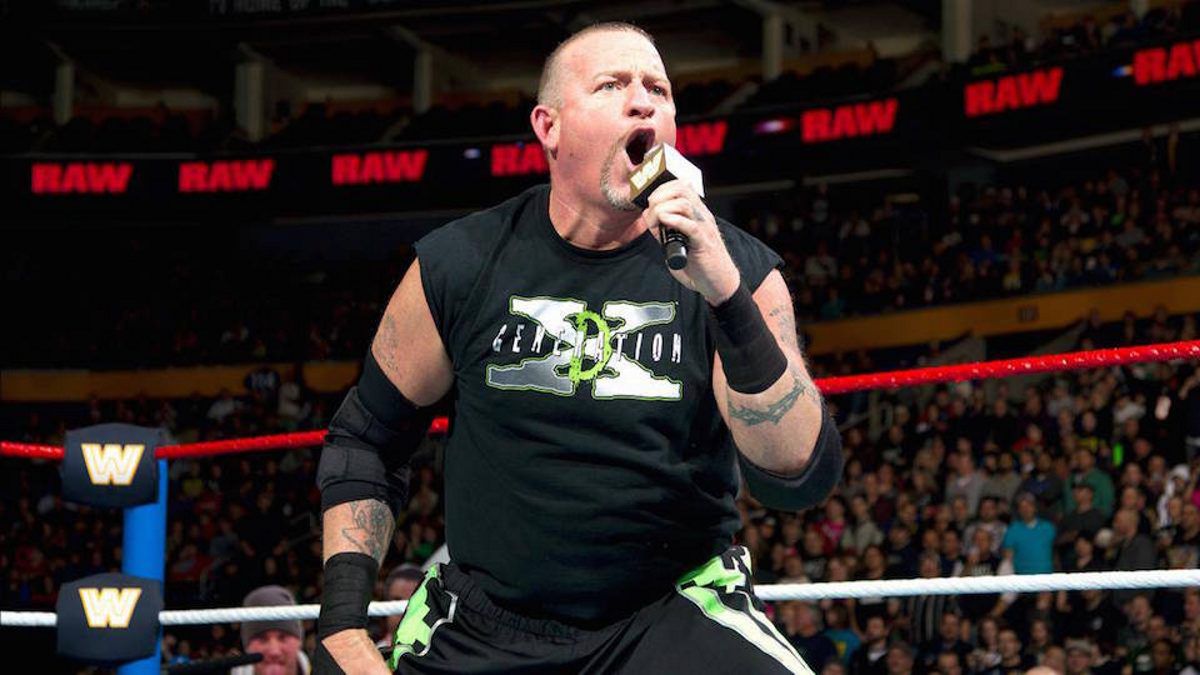
Road Dogg wants to see talent do less looking at the crowd and add more authenticity to their comebacks during matches.
Speaking on the latest edition of his “Oh… You Didn’t Know” podcast, WWE’s SVP of Live Events commented on comebacks in wrestling, what he’d like to see less of, and more.
You can check out some highlights from the podcast below:
On what he’d like to see less of: “Looking to the crowd. I just feel like they — you don’t look to the crowd in the middle of your comeback. There’s a time and a place for you to acknowledge the crowd… But your focus is on the opponent. If you’re in a bar fight, you’re not going to look to see what the DJ is thinking, you know what I mean?”
On wanting to see more realism in comebacks: “I guess it goes further than ‘stop looking at the crowd’ and start acting like the fight’s real that you’re in. Add reality to your repertoire.”
In the world of professional wrestling, the art of storytelling is just as important as the physicality of the matches. One key aspect of this storytelling is the comeback, where a wrestler overcomes adversity and gains momentum against their opponent. However, WWE’s SVP of Live Events, Road Dogg, believes that there is room for improvement when it comes to the authenticity of these comebacks.
During a recent episode of his podcast, “Oh… You Didn’t Know,” Road Dogg expressed his desire to see talent do less looking at the crowd and add more authenticity to their comebacks. He emphasized that while acknowledging the crowd has its place, the focus should primarily be on the opponent.
Road Dogg compared wrestling comebacks to a bar fight, stating that in a real fight, you wouldn’t be looking around to see what others are thinking. Instead, your attention would be solely on your opponent. By applying this principle to wrestling, Road Dogg believes that performers can enhance the realism of their matches.
The concept of realism in professional wrestling is not new. In recent years, there has been a shift towards a more realistic and sports-based presentation in promotions like AEW. This approach has resonated with fans who appreciate the athleticism and storytelling in a more grounded setting.
To achieve this level of authenticity, wrestlers need to fully immerse themselves in their characters and the narrative of the match. This means staying focused on their opponent and reacting genuinely to the action unfolding in the ring. By doing so, they can create a more believable and engaging experience for the audience.
Road Dogg’s comments highlight the importance of maintaining consistency and staying true to the story being told. When wrestlers constantly break character by looking at the crowd or appearing distracted, it can disrupt the flow of the match and take away from the overall experience.
Of course, there are moments when interacting with the crowd is essential for building excitement and engaging with fans. However, these moments should be carefully timed and executed to enhance the story rather than detract from it.
In conclusion, Road Dogg’s desire to see talent do less looking at the crowd and add more authenticity to their comebacks is a valuable insight for wrestlers and fans alike. By staying focused on their opponents and embracing the realism of the fight, performers can elevate the quality of their matches and create a more immersive experience for everyone involved.
